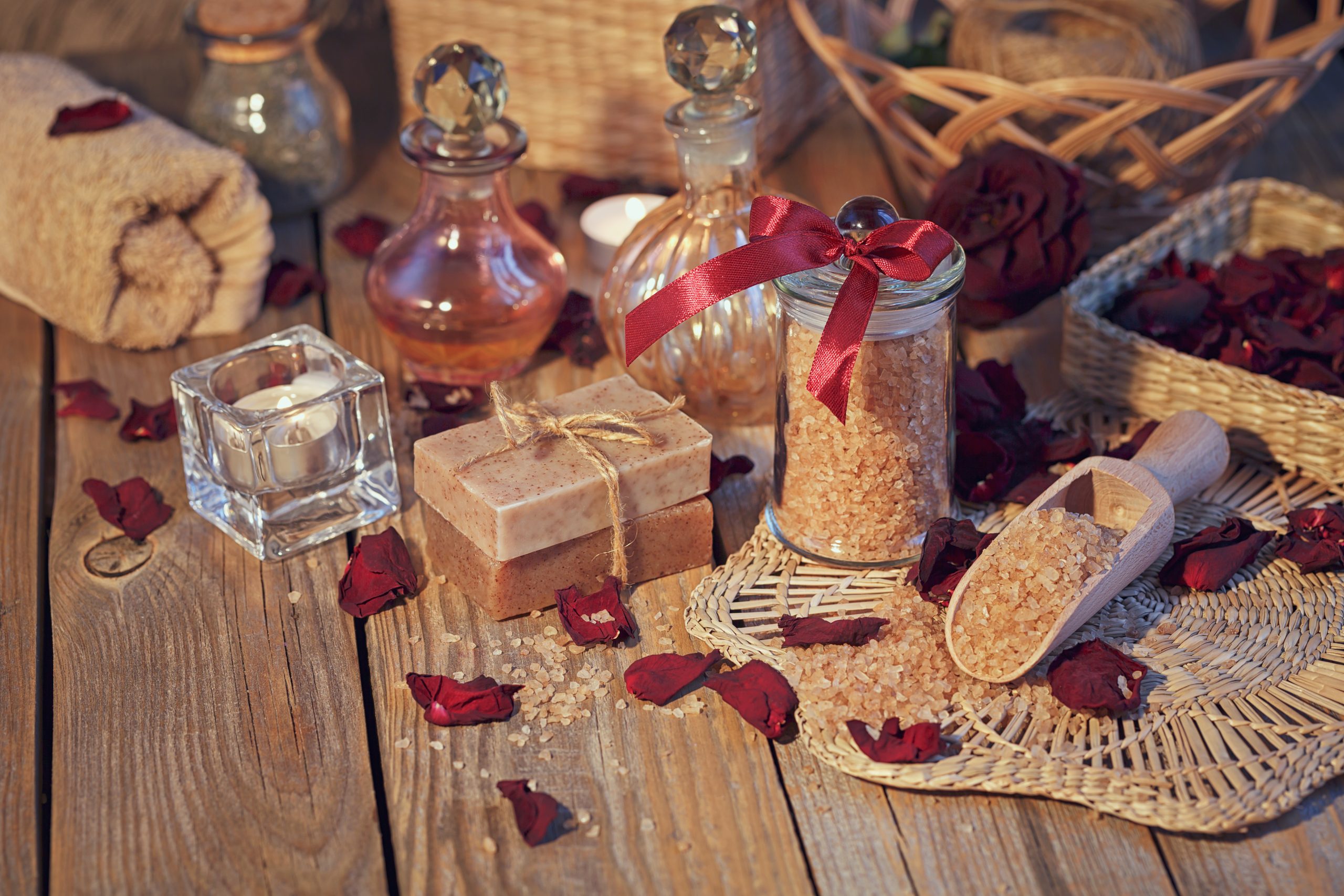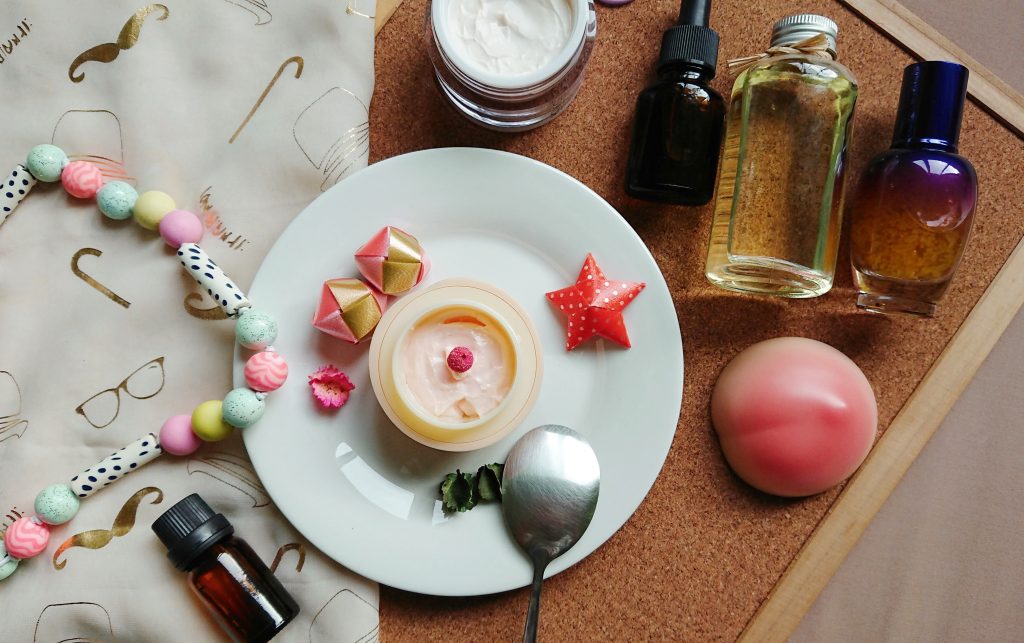V posledních letech se suché parfémy staly podmanivým trendem ve světě vůní. Ačkoli jsou často považovány za novodobou inovaci, ve skutečnosti mají tyto parfémy bohatou a dlouhou historii, která sahá několik století zpět. Toto oživení poukazuje na to, jak se tradiční složení vůní vrací a nabízí spotřebitelům alternativu ke sprejům na bázi alkoholu. Vzhledem k tomu, že obliba takových parfémů stále roste, je nezbytné pochopit jejich původ, výhody a to, čím vynikají na dnešním konkurenčním trhu s vůněmi.
Vývoj suchých parfémů: Od starověkých počátků k moderním trendům
Historicky mnoho kultur používalo olejové vonné látky dlouho před nástupem sprejů na bázi alkoholu. Například staří Egypťané a civilizace Blízkého východu vyráběli parfémy pomocí přírodních olejů a pryskyřic, které měly ve srovnání s moderními tekutými spreji suchou strukturu.
V posledních letech si koncept suchých parfémů získal novou pozornost spotřebitelů, kteří hledají přirozenější a jemnější vůně. Tento trend není zcela nový, ale spíše oživením starých postupů přizpůsobených dnešním preferencím. Oblibu těchto parfémů dále podpořil posun k udržitelným a k pokožce šetrným výrobkům.
Co jsou suché parfémy? Přehled jejich složení a vlastností
Suché parfémy se obvykle vyrábějí na bázi oleje, nikoli alkoholu. Díky tomuto složení jsou vůně méně těkavé, což znamená, že na pokožce vydrží déle a rychle se nevypařují. Na rozdíl od tradičních sprejů, které při aplikaci uvolňují příval vůně, nabízejí suché parfémy decentnější a rafinovanější aromatický zážitek.
Hlavní klíčové slovo - suché parfémy - se zde objevuje opakovaně, protože pochopení jejich jedinečných vlastností je pro spotřebitele zkoumající nové možnosti parfémů klíčové. Tyto vůně se často dodávají v tuhých nebo koncentrovaných formách, díky čemuž jsou přenosné a snadno se aplikují přesně tam, kde je to žádoucí.
Suché parfémy jsou navíc k pokožce šetrnější, protože neobsahují alkohol, který může někdy způsobit podráždění nebo vysušení. Proto jsou vhodné pro osoby s citlivou pokožkou nebo pro ty, kteří dávají přednost minimalistické kosmetice.
Výhody volby suchých parfémů oproti tradičním sprejům
Přechod od tradičních tekutých vůní k těmto parfémům nabízí několik výhod. V první řadě mají suché parfémy obecně delší trvanlivost díky své olejové povaze. Neodpařují se tak rychle jako protějšky na bázi alkoholu, což zajišťuje, že vůně zůstane po dlouhou dobu živá.
Kromě toho, protože jsou méně těkavé, mají tyto parfémy tendenci vytvářet složitější vrstvy při interakci s tělesným teplem a chemií pokožky. To vytváří individuální zážitek z vůně, který se v průběhu dne vyvíjí.
Další výhodou je jejich přenosnost; mnoho takových parfémů se dodává v kompaktních nádobkách nebo tuhých tyčinkách, které jsou ideální pro úpravu na cestách bez obav z rozlití nebo vytečení. Navíc často obsahují méně syntetických složek, což odpovídá rostoucí poptávce po přírodních produktech.
Mnoho uživatelů se domnívá, že suché parfémy poskytují jemnější profil vůně - ideální pro ty, kteří dávají přednost nenápadné vůni před příliš silným sprejem.
Umění aplikace suchých parfémů: Tipy pro maximální účinnost
Správná aplikace těchto parfémů může výrazně zvýšit jejich trvanlivost a účinek. Vzhledem k tomu, že tyto vůně jsou koncentrované oleje nebo tuhé látky, je nejlepší začít s čistou pokožkou nebo oblečením. Malé množství nanesené na pulzní body - například na zápěstí nebo za ušima - může pomoci aktivovat vůni prostřednictvím tělesného tepla.
Přechodná slova jako "furthermore" a "additionally" zdůrazňují, jak správné techniky aplikace mohou optimalizovat váš zážitek ze suchých parfémů. Například jemné vklepávání namísto tření zajistí, že oleje zůstanou neporušené a budou se časem přirozeně vyvíjet.
Vrstvení suchého parfému s dalšími vonnými produkty, jako jsou tělová mléka nebo oleje, může navíc vůni zintenzivnit a zároveň zachovat její jemnost. Vzhledem k tomu, že tyto parfémy bývají jemnější než spreje, může být pro ty, kteří hledají stálou přítomnost, nutná opakovaná aplikace v průběhu dne.
Proč jsou dnes suché parfémy stále populárnější?
Hlavní klíčové slovo - suché parfémy - je při zkoumání současných trendů na trhu klíčové. K jejich rostoucí oblibě mezi různými skupinami spotřebitelů přispívá několik faktorů:
- Přírodní a udržitelný vzhled: S rostoucím povědomím o složkách a dopadu na životní prostředí mají přípravky na bázi olejů vyrobené z přírodních výtažků velký ohlas.
- Volba s ohledem na zdraví: Vzhledem k obavám z citlivosti na alkohol nebo alergiím se mnozí rozhodují pro varianty bez alkoholu, jako jsou tyto parfémy.
- Minimalistický životní styl: Přenosnost a jednoduchost použití tuhých nebo koncentrovaných vůní se dobře hodí k minimalistické kosmetické rutině.
- Vývoj jedinečné vůně: Protože suché parfémy působí na chemii pokožky jinak než spreje, nabízejí personalizovaný zážitek z vůně, který osloví znalce vůní.
- Módní balení: Mnoho značek nyní navrhuje elegantní obaly pro tyto parfémy, které slouží jako šperky nebo doplňky a dodávají jim prvek luxusu.
Přechodná slova jako "navíc" a "navíc" pomáhají vysvětlit, jak tyto faktory společně podporují zájem spotřebitelů o tento dlouholetý, avšak oživený trend.
Porovnání suchých parfémů s jinými typy vůní
Pochopení toho, jak se tyto parfémy liší od jiných formátů vůní, pomáhá spotřebitelům informovaně se rozhodovat:
Tekuté parfémy ve spreji
Jedná se pravděpodobně o nejběžnější typ, který však bývá bohatý na alkohol. Nabízejí okamžitou projekci, ale kvůli nestálosti mohou rychle vyprchat.
Tuhé parfémy
Složením se podobají těmto parfémům, ale často se dodávají ve formě balzámu; jsou dobře přenosné, ale mohou mít omezenou komplexnost vůně.
Parfémy na olejové bázi
Suché parfémy spadají do této kategorie, ale vyznačují se specifickým složením určeným pro dlouhou výdrž bez obsahu alkoholu.
Přechodná slova jako "nicméně" objasňují rozdíly mezi těmito typy a zároveň zdůrazňují, proč někteří dávají přednost suchým parfémům před jinými.
Budoucnost suchých parfémů: Trendy a inovace
Do budoucna lze očekávat několik zajímavých událostí, které naznačují, že tyto parfémy budou i nadále nabírat na síle:
- Přizpůsobení: Značky zkoumají personalizované směsi přizpůsobené individuální chemii.
- Udržitelné obaly: Ekologické obaly z biologicky rozložitelných materiálů se stávají standardem.
- Hybridní formulace: Kombinace tradičních vůní s moderními ingrediencemi nabízí inovativní smyslové zážitky.
- Zvýšená životnost: Pokroky v nosných olejích zlepšují trvanlivost, aniž by byly ohroženy přírodní vlastnosti.
- Expanze na luxusní trh: Luxusní značky stále častěji zařazují do svých kolekcí suché parfémy.
Přechodná slova jako "navíc" zdůrazňují, jak tyto inovace budou formovat budoucí preference spotřebitelů, a zároveň posilují význam této dlouholeté tradice.
Jak si vybrat ideální suchý parfém
Při výběru správného suchého parfému je třeba zohlednit osobní preference a potřeby životního stylu:
- Profil vůně: Rozhodněte se, zda dáváte přednost květinovým, dřevitým, kořeněným nebo svěžím tónům.
- Úroveň koncentrace: Některé přípravky jsou intenzivnější; vyberte si podle požadované síly.
- Způsob použití: Tuhé tyčinky versus olejové kapky mohou vyhovovat různým postupům.
- Pověst značky: Vybírejte renomované značky známé kvalitními ingrediencemi.
- Cena: Vyvažte kvalitu a dostupnost; prémiové varianty často nabízejí bohatší vůně.
Použití přechodných výrazů, jako je "například", pomáhá účinně ilustrovat, jak různé faktory ovlivňují proces výběru.
Závěr: Přijetí dlouholetého trendu v moderní kultuře vůní
Závěrem lze říci, že ačkoli se tyto parfémy mohou na první pohled zdát jako současný trend, ve skutečnosti ztělesňují staleté tradice, které mají kořeny v přírodních olejích a řemeslné zručnosti. Jejich znovuzrození odráží posun hodnot spotřebitelů směrem k udržitelnosti, uvědomění si zdraví a personalizaci - to vše jsou vlastnosti, díky nimž jsou dnes velmi aktuální.
Vzhledem k tomu, že stále hledáme inovativní způsoby, jak se vyjádřit prostřednictvím vůně, nabízí tato dlouholetá, ale vyvíjející se forma autentičnost a sofistikovanost. Ať už hledáte jemnost, nebo dlouhou životnost své voňavé rutiny, porozumění historii a výhodám suchých parfémů vám umožní učinit informovaný výběr v souladu s vaším životním stylem - a možná se i hlouběji spojit se staletými vonnými tradicemi.
Zařazení takových parfémů do své sbírky není jen o sledování trendů, ale o ocenění trvalé umělecké formy, která prošla zkouškou času - a pokračuje v ní i dnes.









